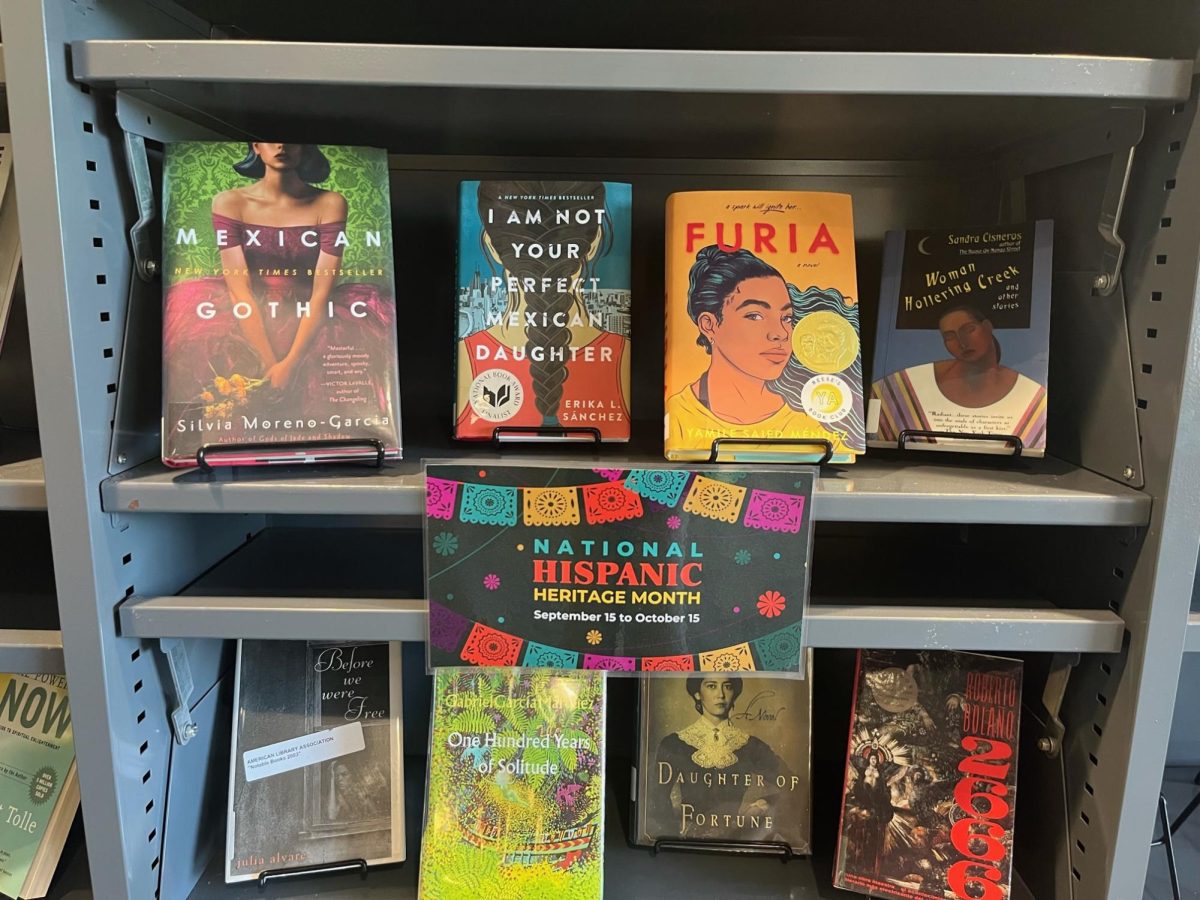Hispanic Heritage month is a time to showcase and celebrate Hispanic culture. Taking place between September 15 – October 15, the month of celebration began in 1969 under the presidency of Lyndon B. Johnson. Known for his Great Society programs and civil rights legacy, it is no surprise that Johnson created Hispanic Heritage month as a time to pay special tribute to Hispanic Americans. The month was officially enacted into law on August 17, 1988, on approval of public law 100-402. This specific time of year holds significance for many Latin American countries, as it marks their various times of independence. September 15 is the anniversary of independence for five different Latin American countries: Costa Rica, El Salvador, Guatemala, Honduras and Nicaragua. Other Latin American countries also celebrate their independence within this 30-day period.
The overall goal of Hispanic Heritage month is to properly recognize the countless significant contributions of Hispanic Americans made in the US. Setting aside time to do so is important, as a recent study by Johns Hopkins Institute for Educational Policy found that Latino history is largely left out of high school textbooks. Researchers produced a list of 222 important Latino history topics, and found that a mere 12% of those were covered well. This is problematic due to the fact that between the fall of 2009 and 2020, the percentage of Hispanic highschool students increased from 22% to 28%. The study shows a broader trend of Hispanic contributions being undervalued in US culture. Additionally, the total US Hispanic population reached 62.5 million 2021, compared to 50.5 million in 2010 – a 19% increase compared to a 7% overall population growth rate. This is to say that as our country grows more diverse, it becomes increasingly crucial to learn about the contributions and experiences of all Americans.
Hispanic cultural influence cannot be overstated; such influence can be seen everywhere in US culture. However as we set aside time to examine these important cultural contributions, it is important to remember that Latino culture is diverse, and there is no one singular Latino experience. With that being said, let’s take a moment to acknowledge and appreciate a few key Hispanic influences in broader US culture.
Hispanic people have long held a crucial role in influencing popular modes of music and dance. For example, Puerto-Rican Mexican American dancer and choreographer Tine Ramirez is most well known for founding Ballet Hispánico 1970. The company’s primary aim is to express the experience of Latin Americans through the art of movement, and provides a space for Hispanic individuals to showcase their experiences. Ramirez later went on to be a national medal of arts recipient.
Another important Latin American cultural icon is Cela Cruz, who is credited with popularizing salsa music in the US. The style rose to prominence in New York in the 1960s and 70s, blending Cuban and Afro-Latino musical traditions. Known as the queen of salsa, Cruz broke boundaries as one of the few women to succeed in the world of salsa music. She celebrated Hispanic culture by performing salsa dances during various civil rights demonstrations, combining her artistic expression with political activism.
Hispanic influence is not exclusive to art and dance, it can also be seen in sports culture. Roughly 30% of Major League Baseball players are Hispanic/Latino, with prominent players such as Roberto Clemente Javier Báez continuing to evolve the sport. Latinos have also been at the forefront of shaping baseball history. In 1999, Linda Alvarado became the first woman to ever win a bid to buy a team after purchasing the Colorado Rockies. This purchase also resulted in her becoming the first ever Hispanic MLB team owner. Clearly, Hispanic MLB team owners and players alike have and will continue to transform the game of baseball.
In conclusion, Hispanic Heritage Month serves as a vibrant and crucial celebration of the rich tapestry of Hispanic culture, history, and contributions to our global society. It is a time to honor the diverse nations, traditions, and stories that collectively form the Hispanic diaspora, reminding us of the enduring spirit and resilience of this community. Beyond the designated month, let us continue to foster understanding, appreciation, and unity among all cultures, recognizing that our diversity is our strength. As we reflect on the achievements and legacies of Hispanic individuals and communities, let us also envision a future where cultural exchange and inclusivity remain at the forefront of our collective efforts, enriching the tapestry of our shared human experience.



























